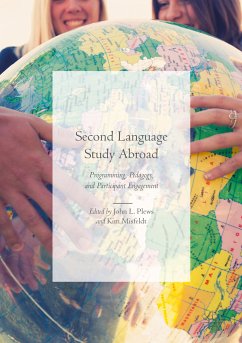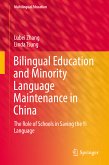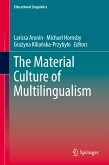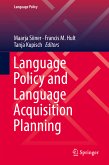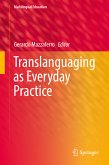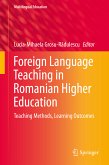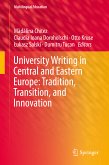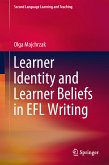This edited volume explores studying second languages abroad by critically and constructively reviewing established programming, providing theoretical and research-informed support for pedagogical and curriculum interventions, and analysing participant experiences. Over 12 chapters the contributors examine key issues including teaching approaches, learning activities, and relationships in the target language and culture. This book is most distinct in its attempt to promote diversity in approaches and experiences while drawing the common thread of learner- and learning-centredness through each chapter. The contributing authors represent a wide range of academies and discuss study abroad programs and participants in diverse cultural and geographic regions. The book's international scope will acquaint educators and researchers with a broad variety of practices, stimulate comparison across contexts, and promote innovation.
Dieser Download kann aus rechtlichen Gründen nur mit Rechnungsadresse in A, B, BG, CY, CZ, D, DK, EW, E, FIN, F, GR, HR, H, IRL, I, LT, L, LR, M, NL, PL, P, R, S, SLO, SK ausgeliefert werden.

